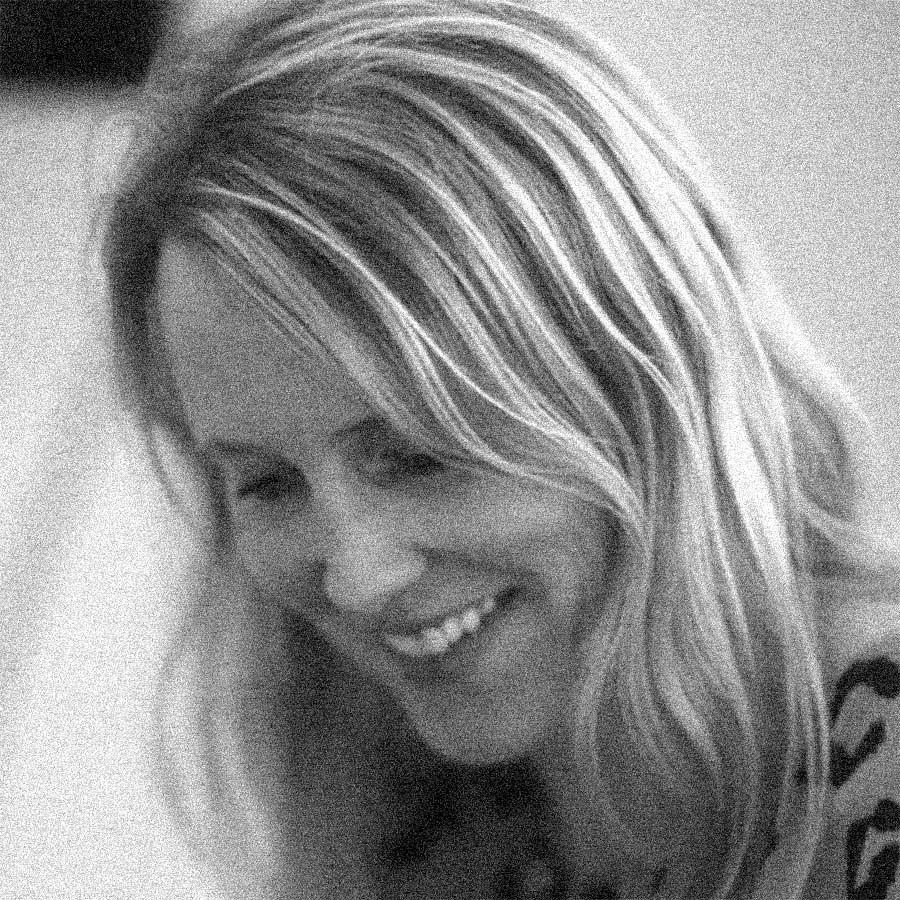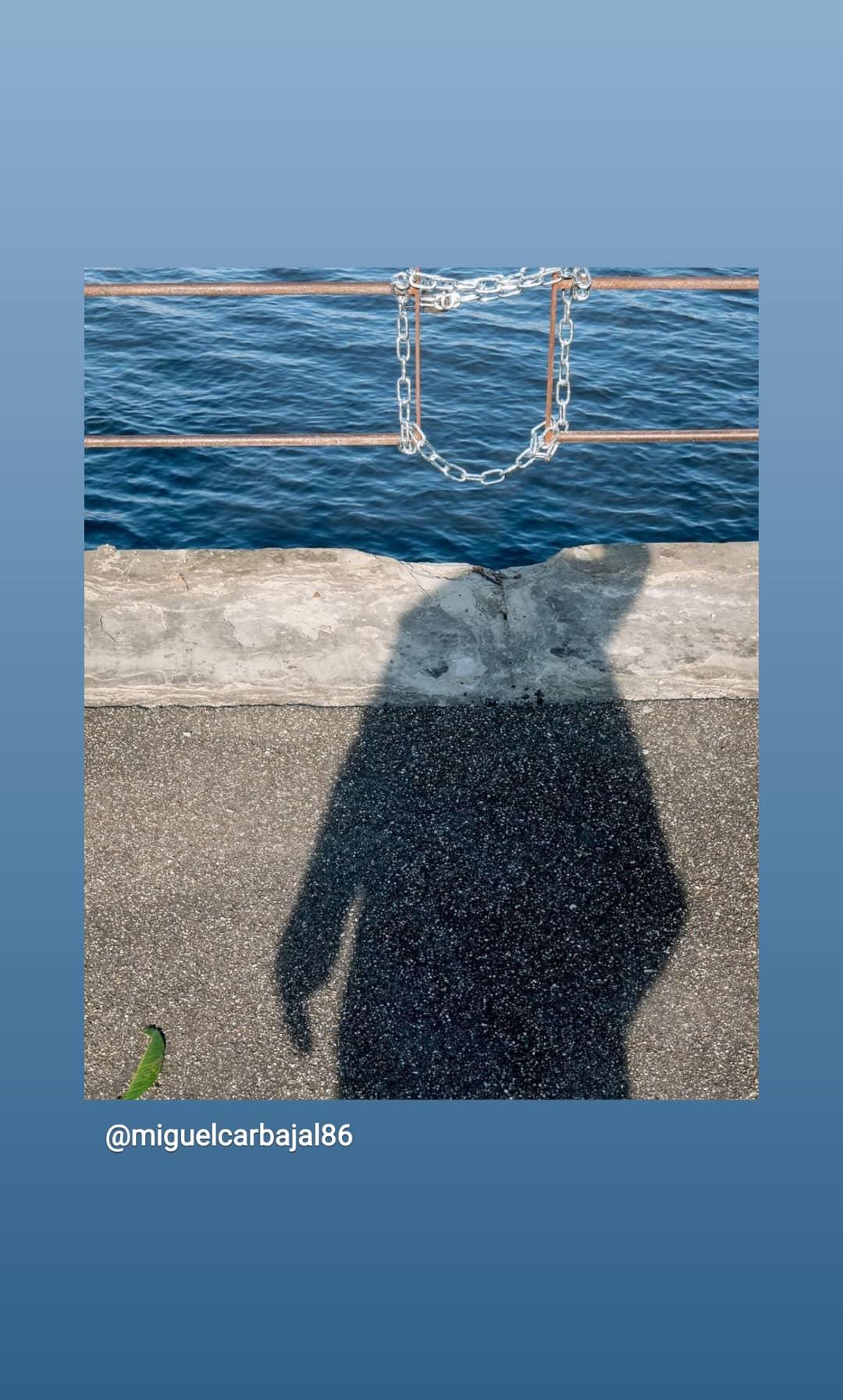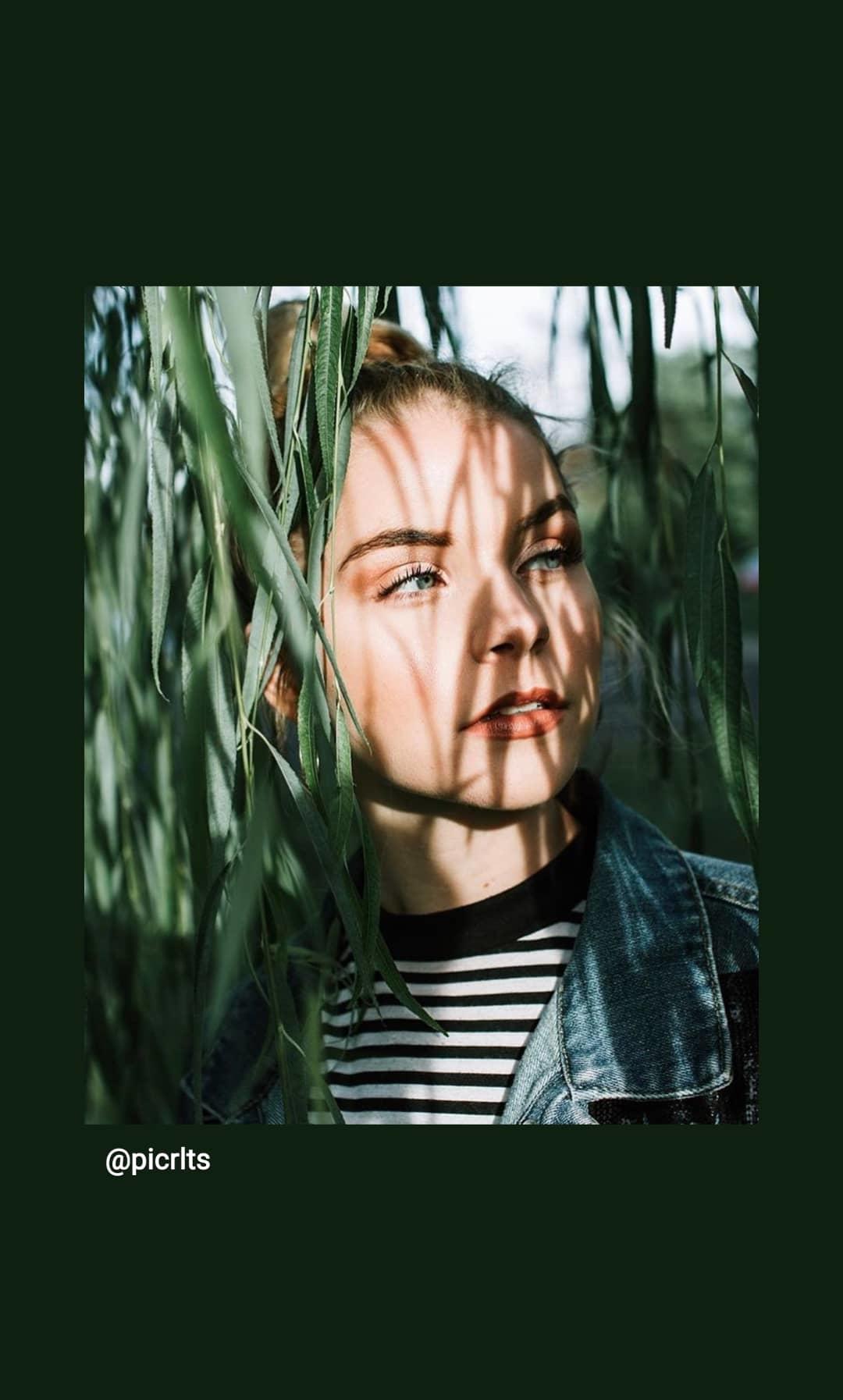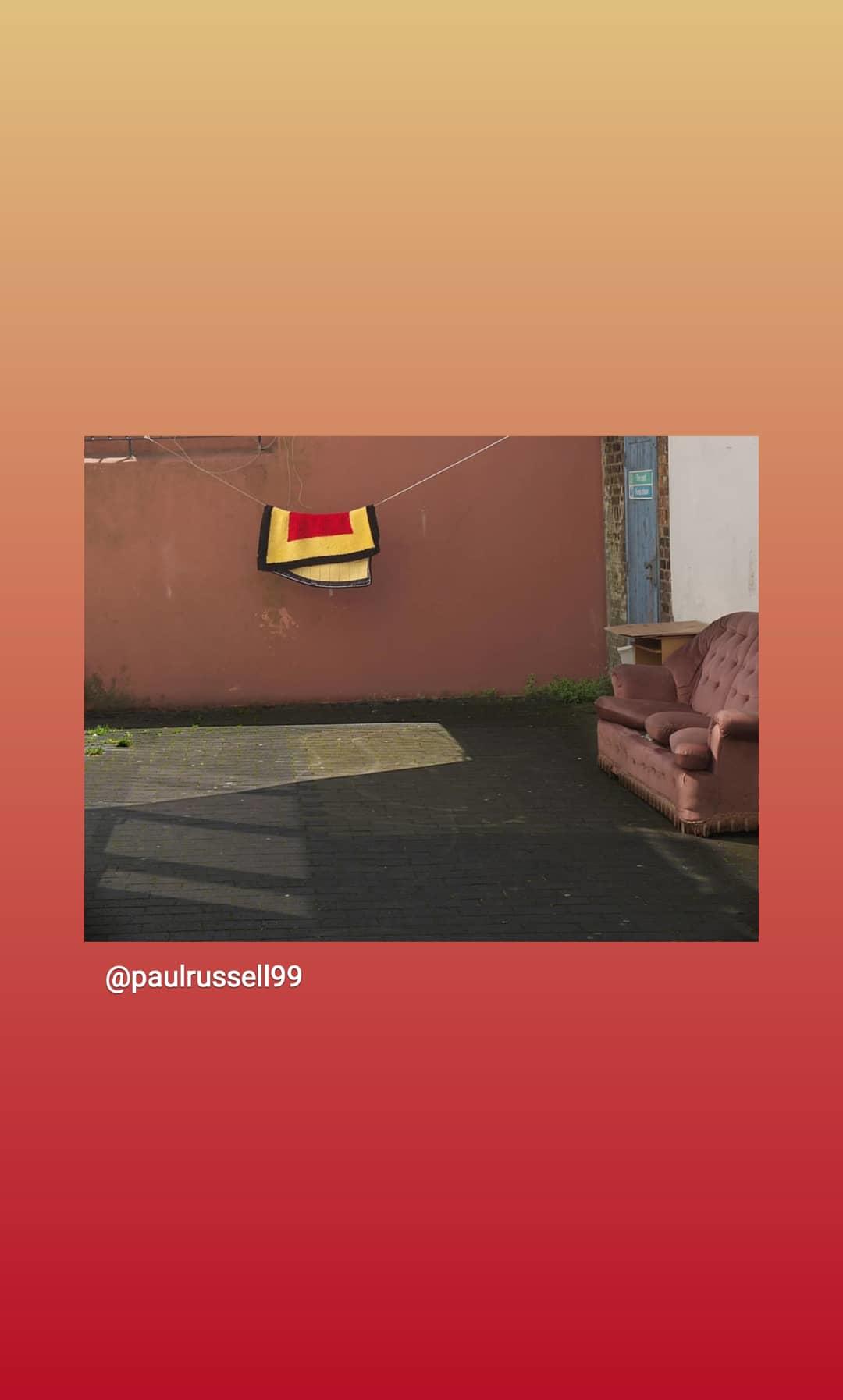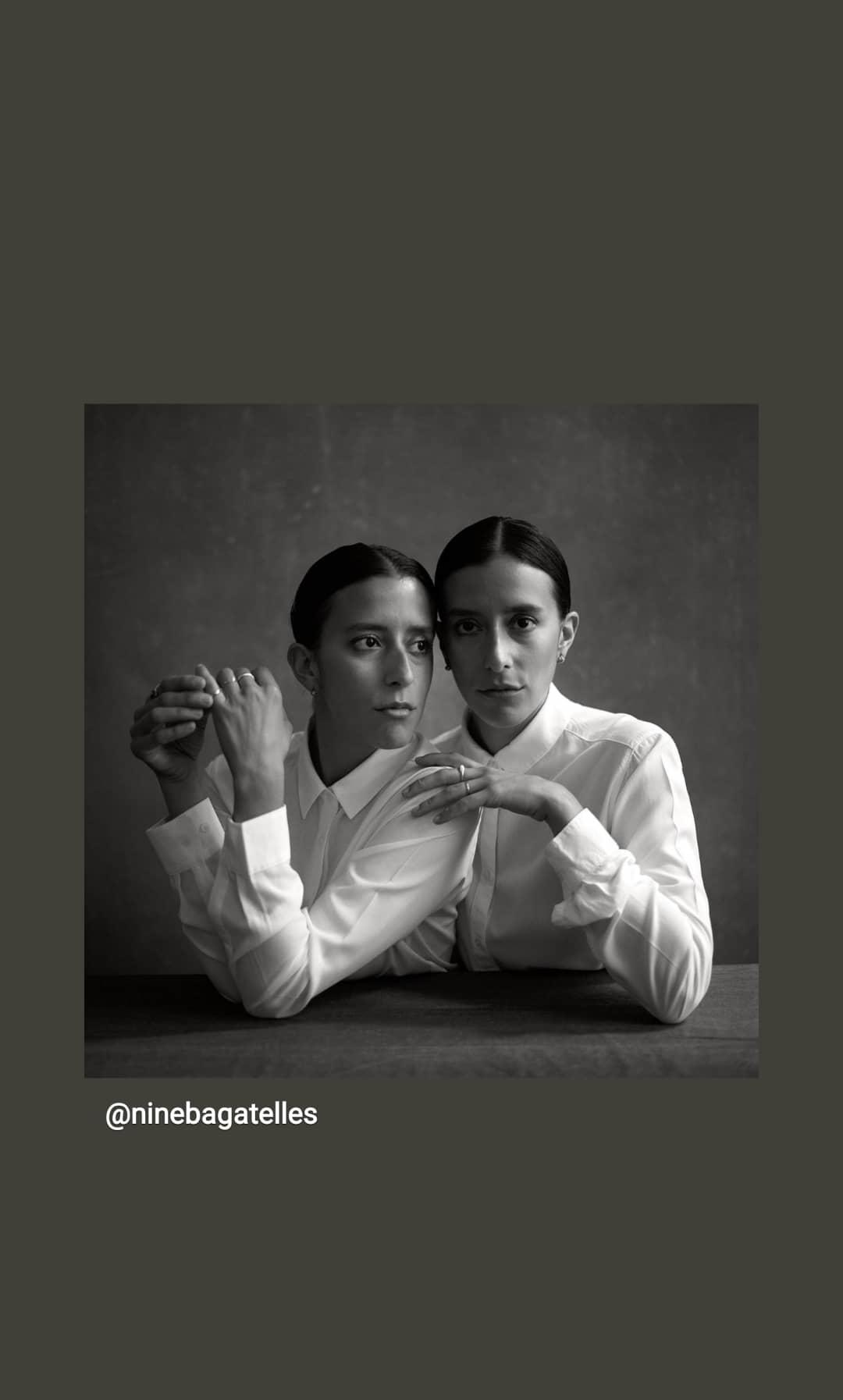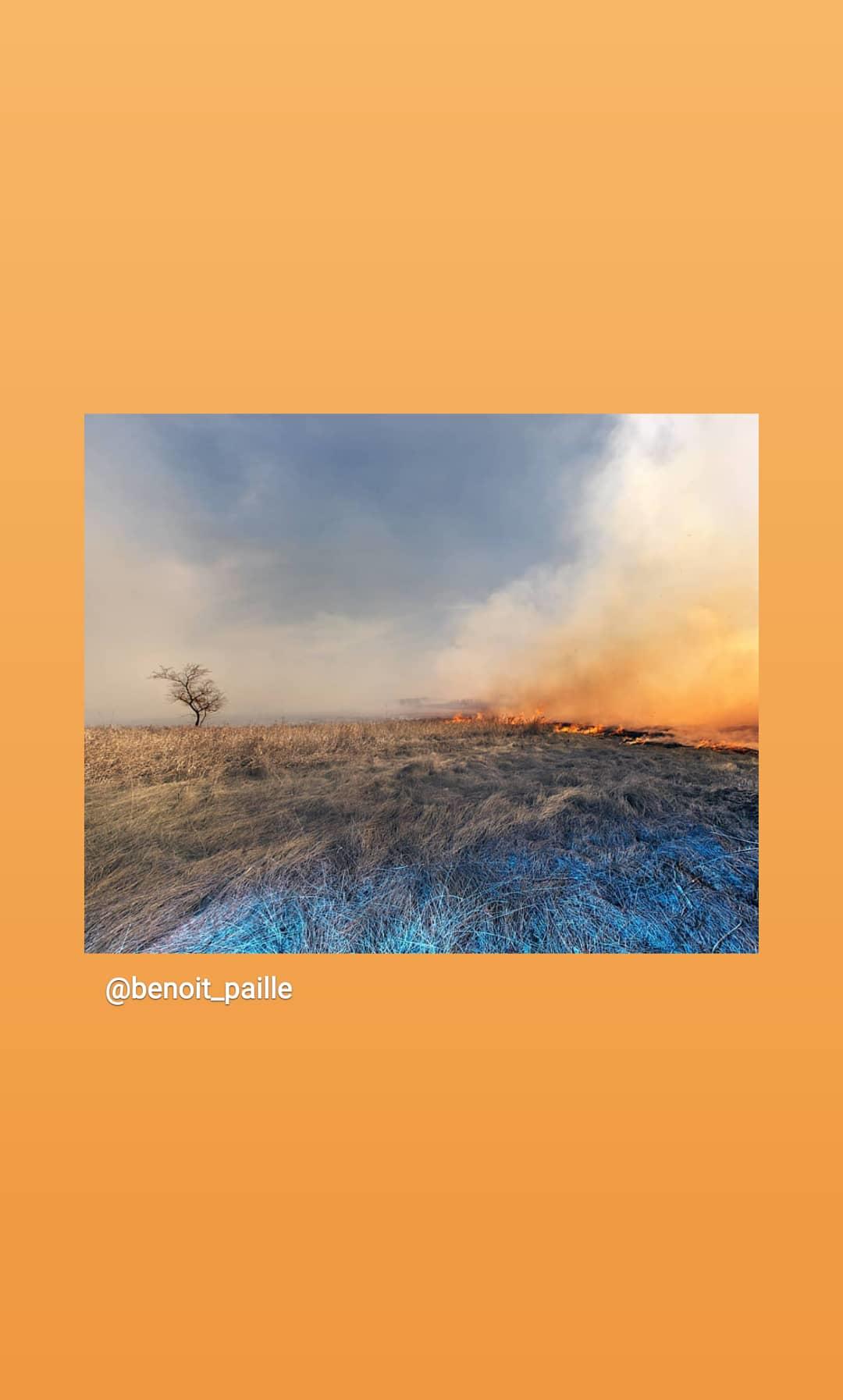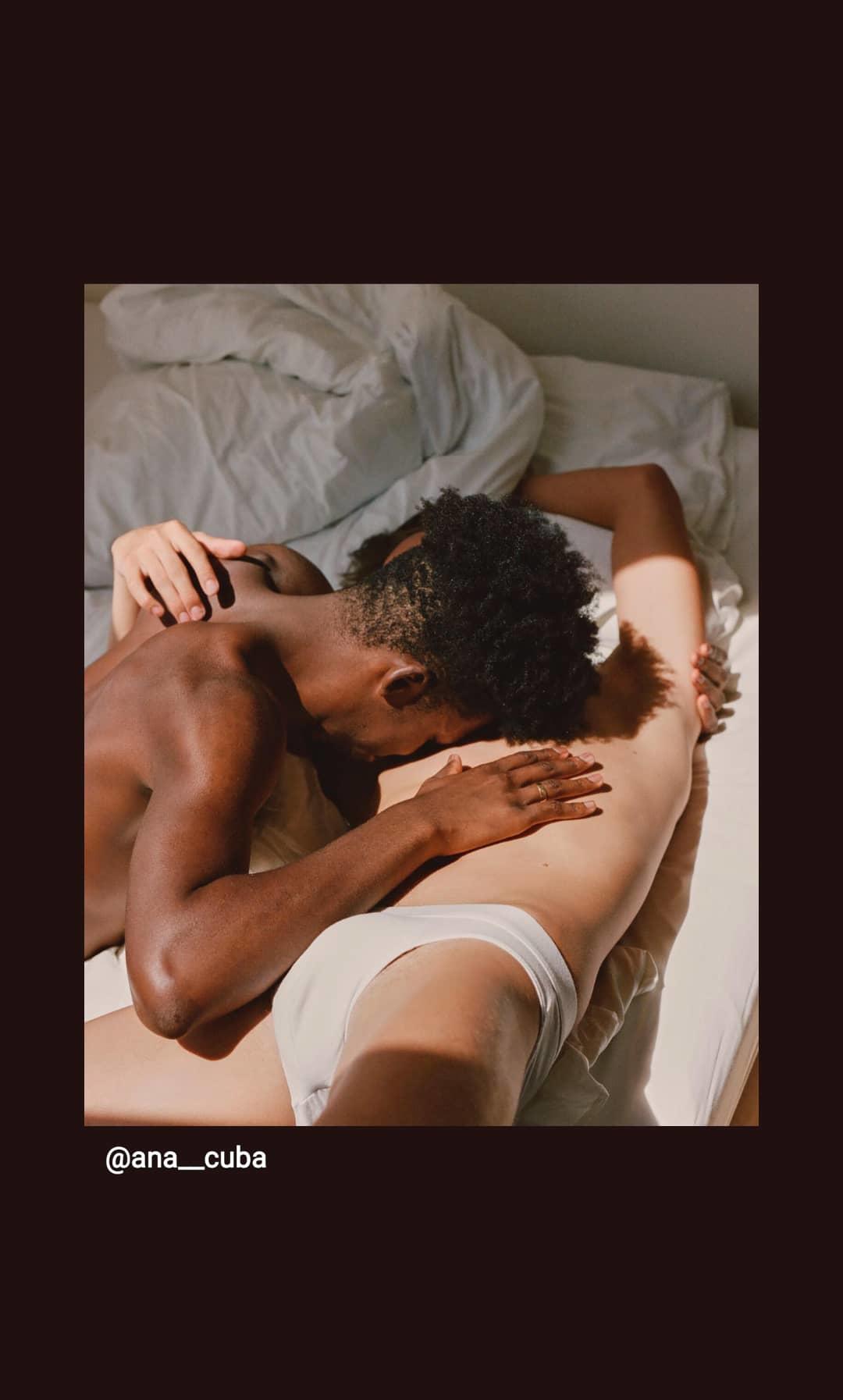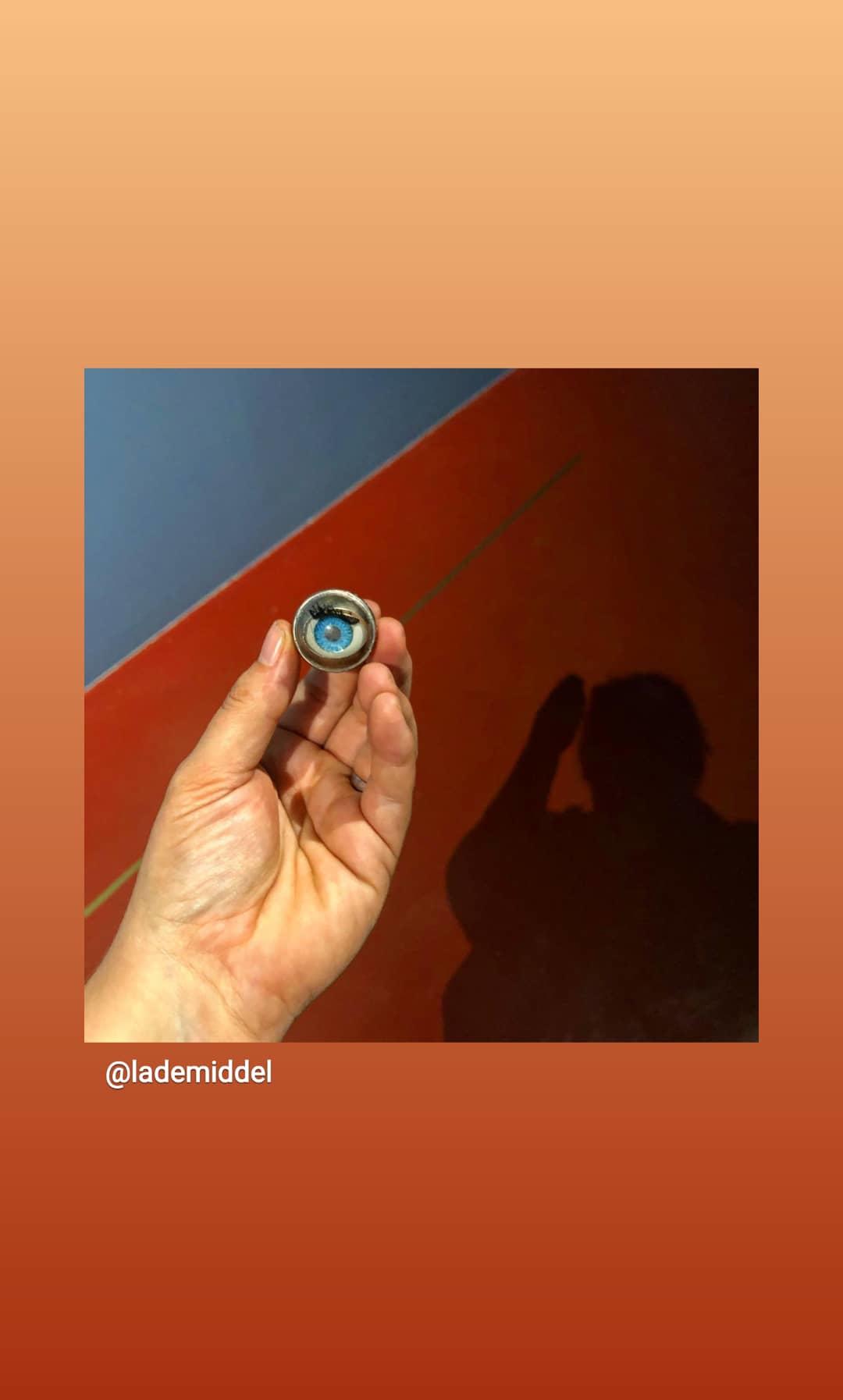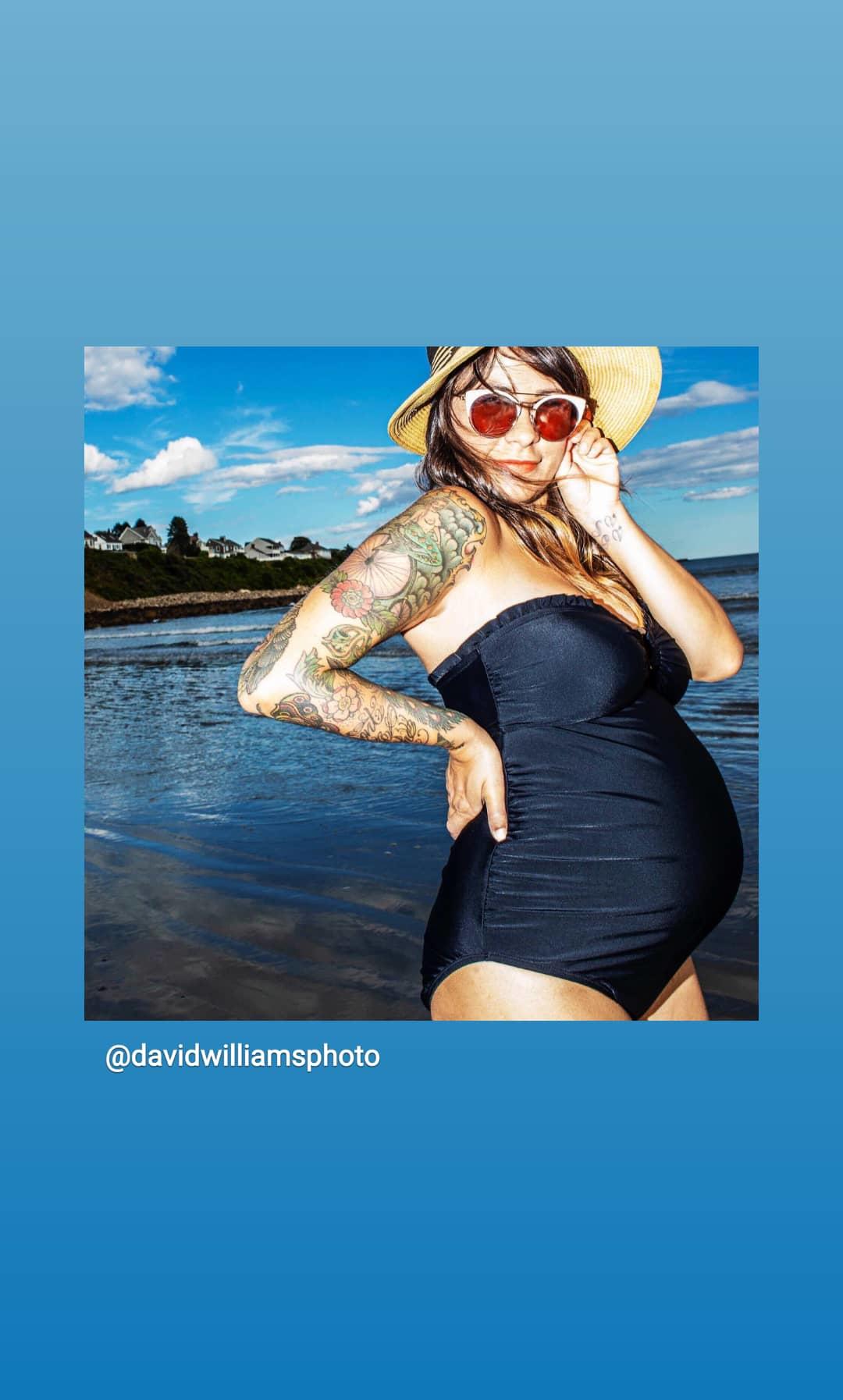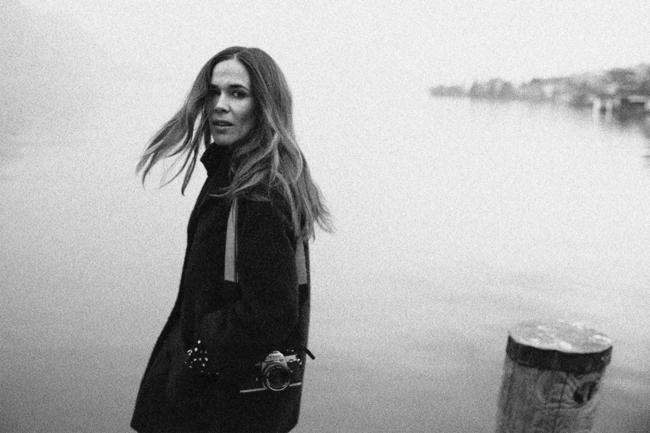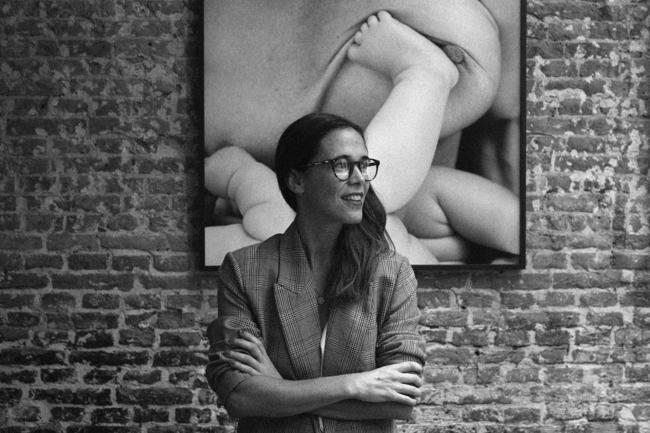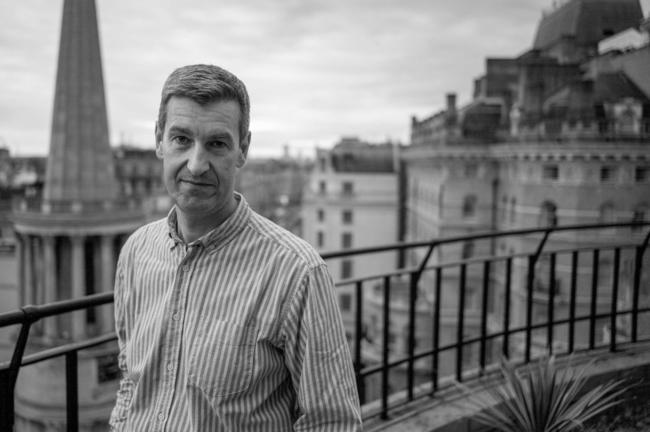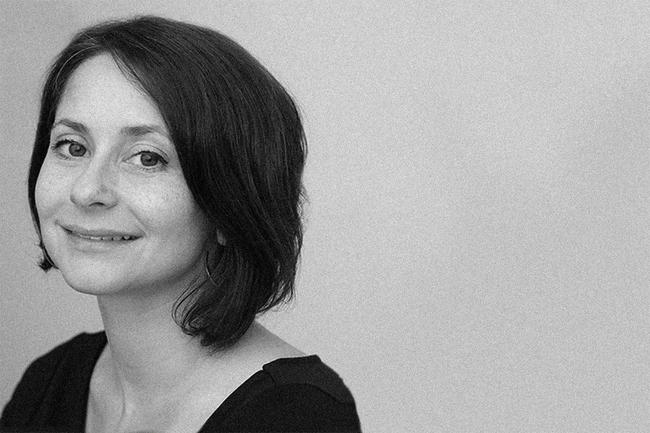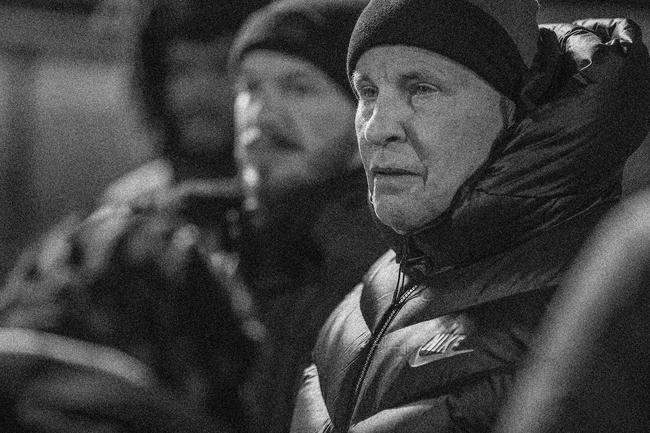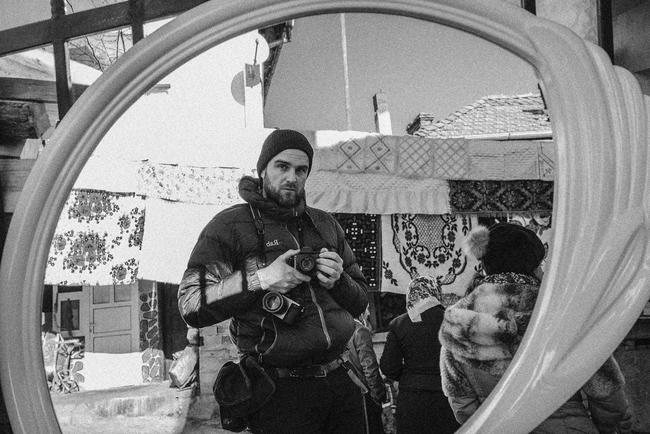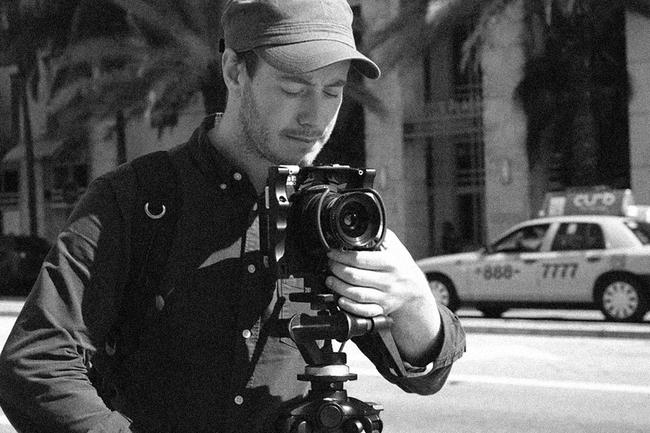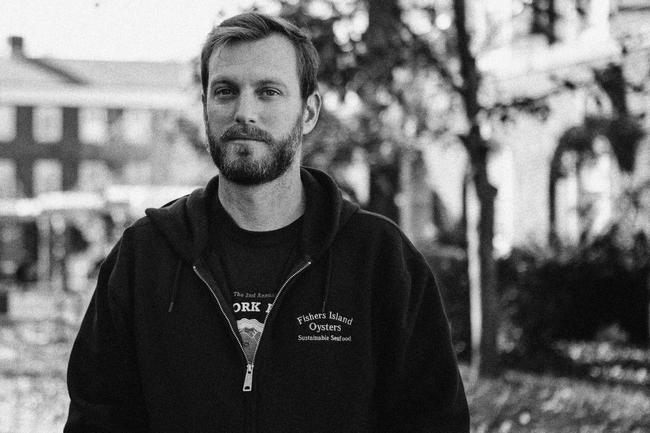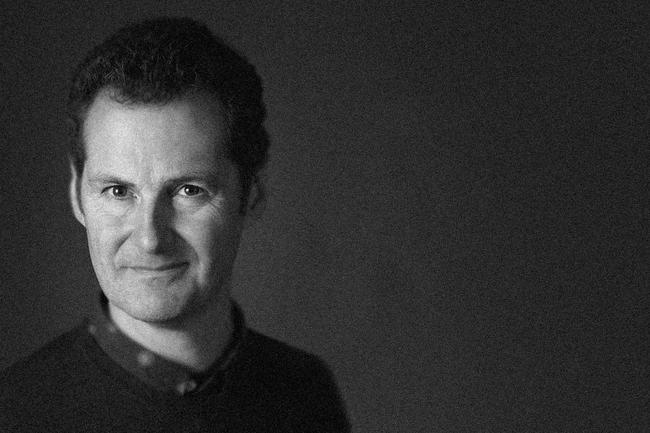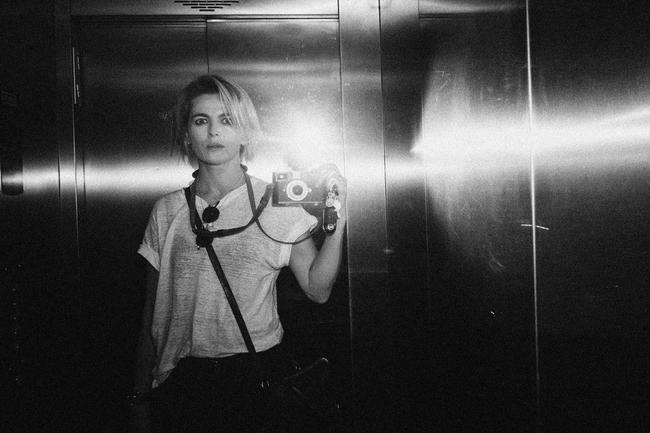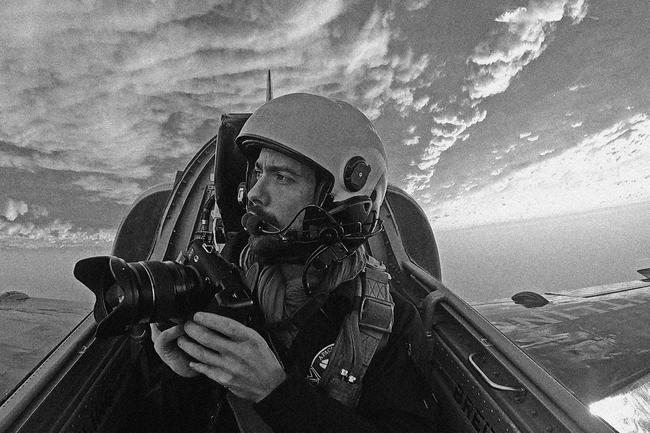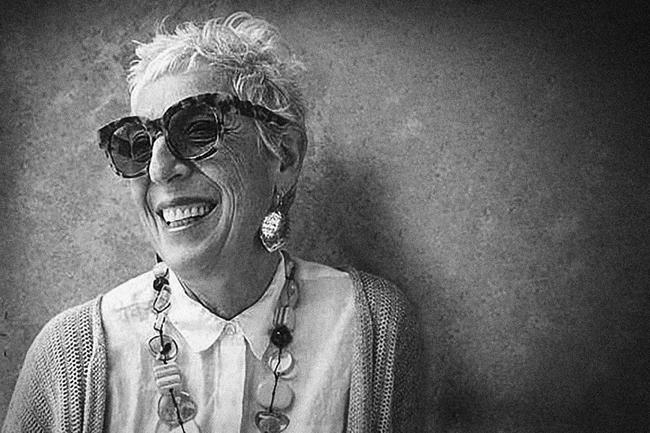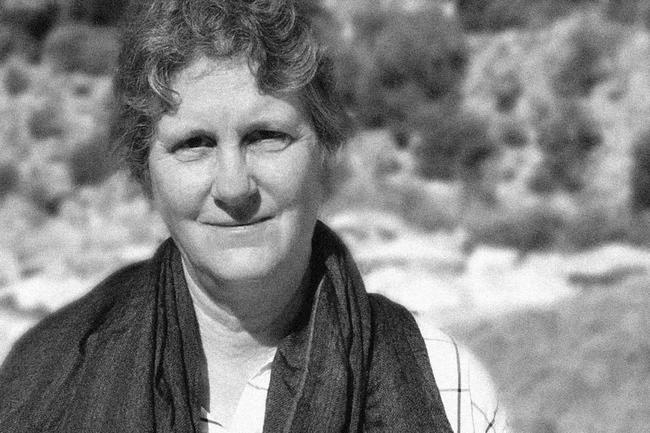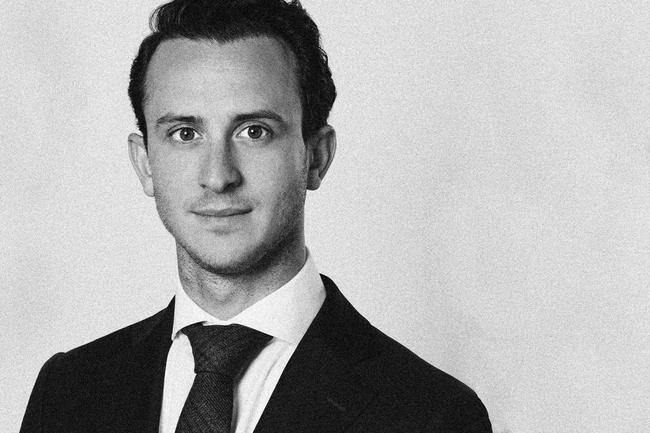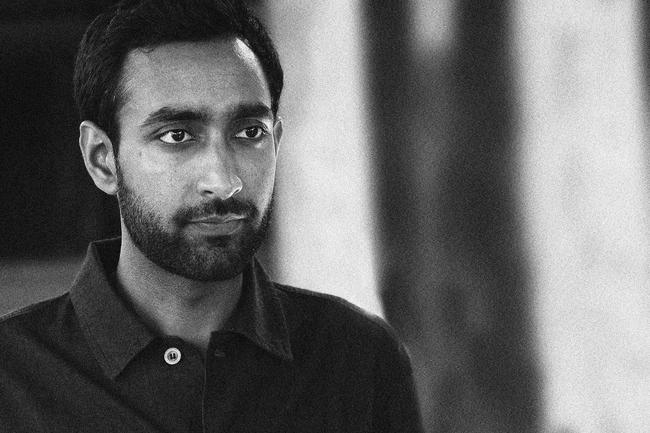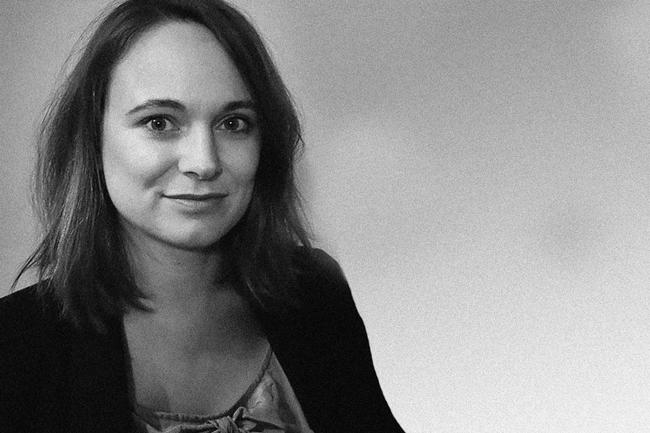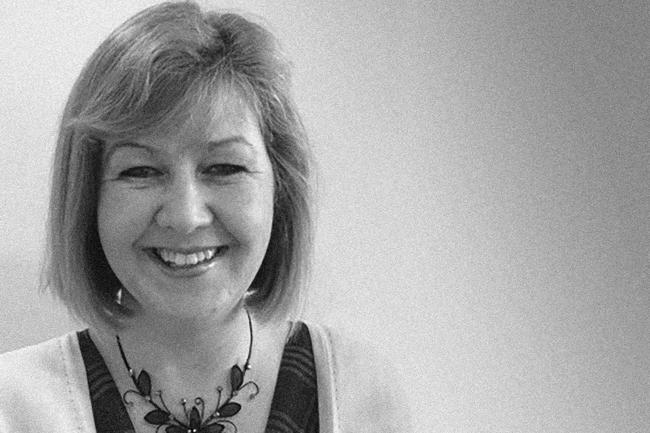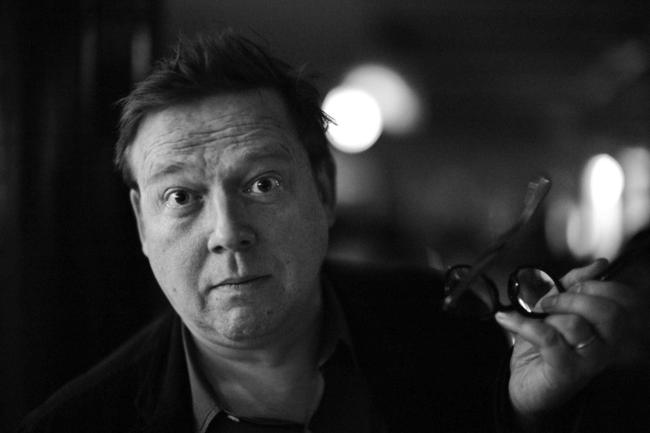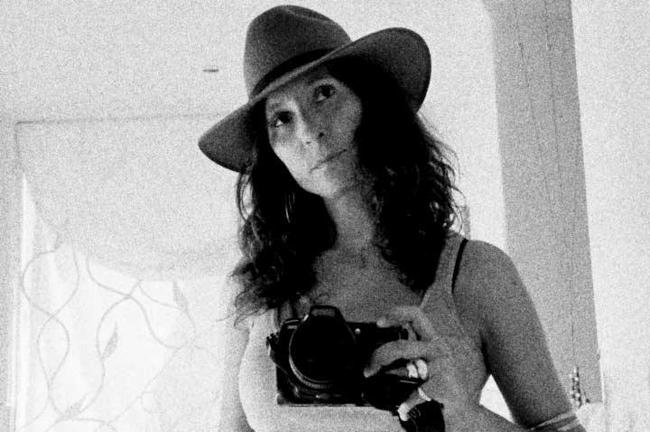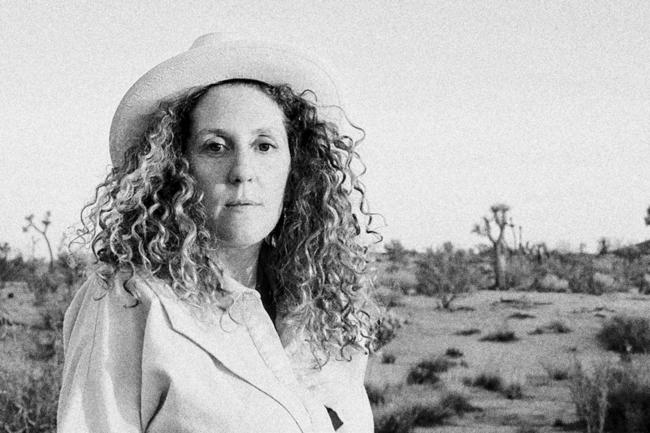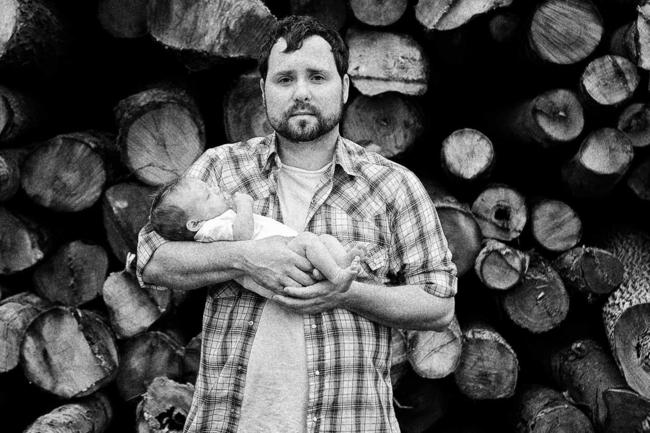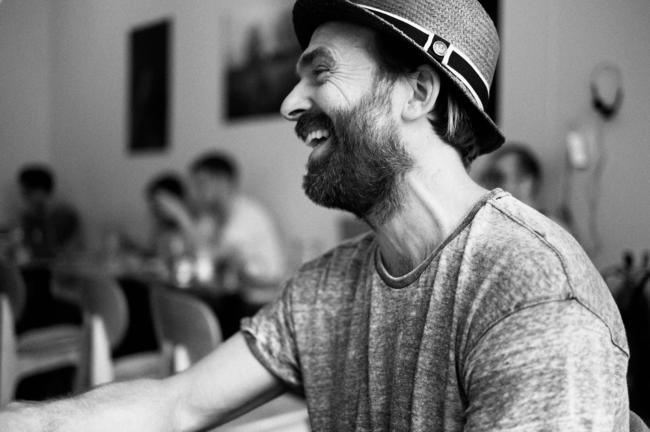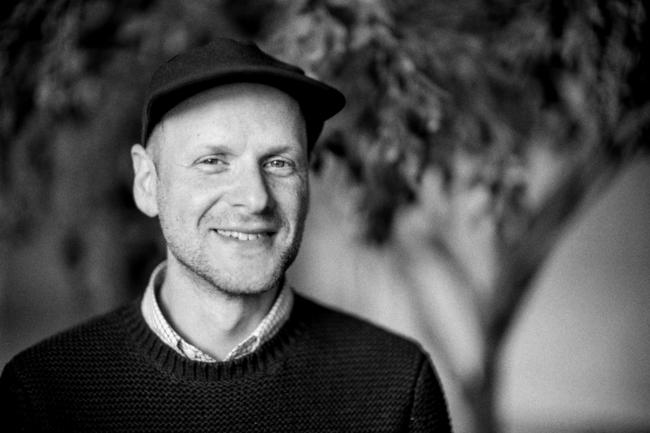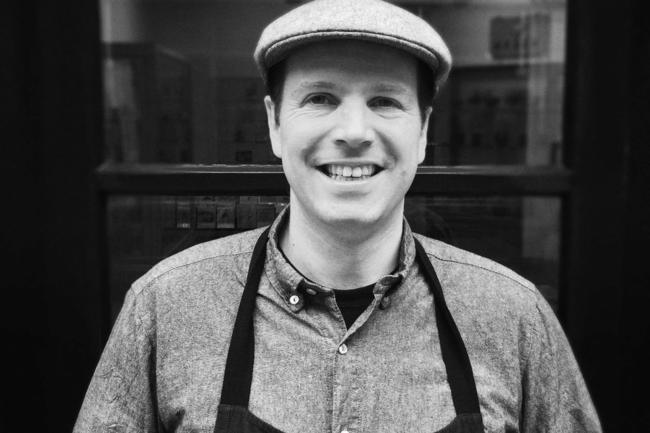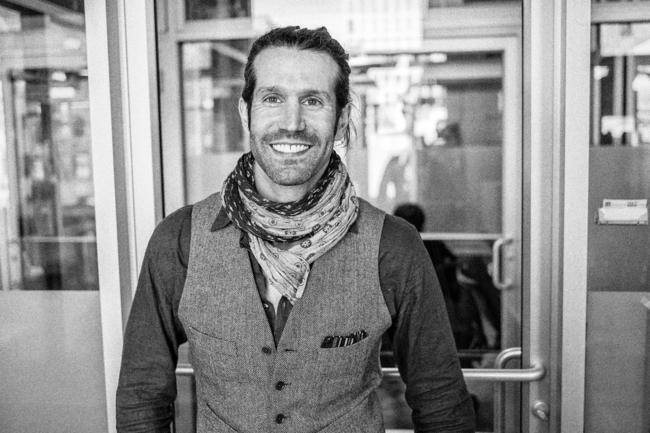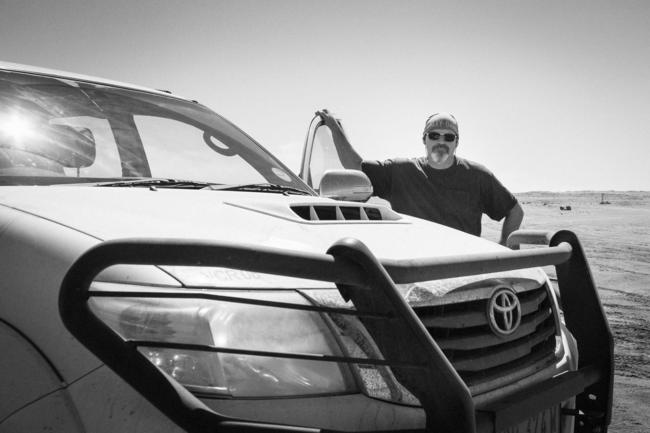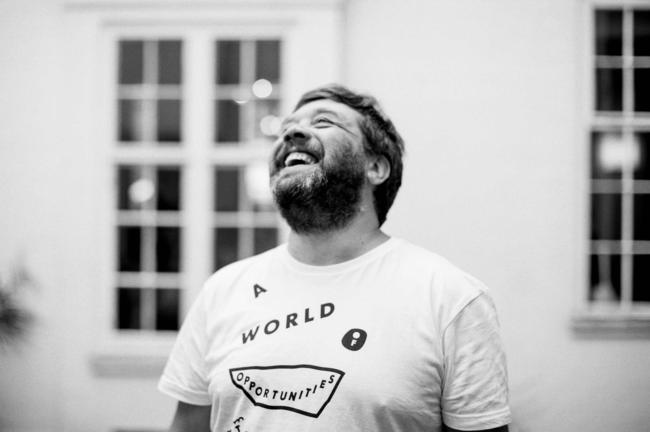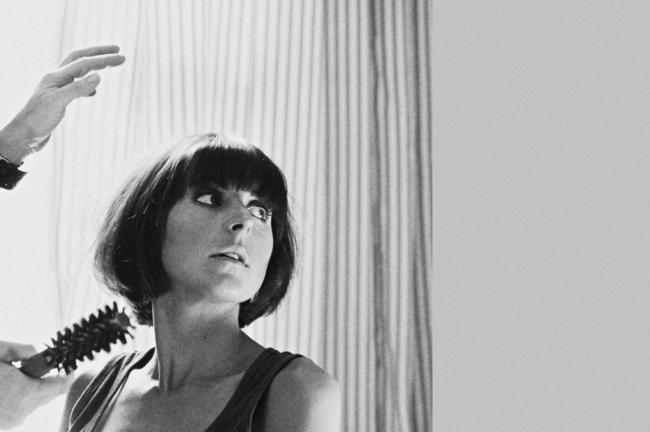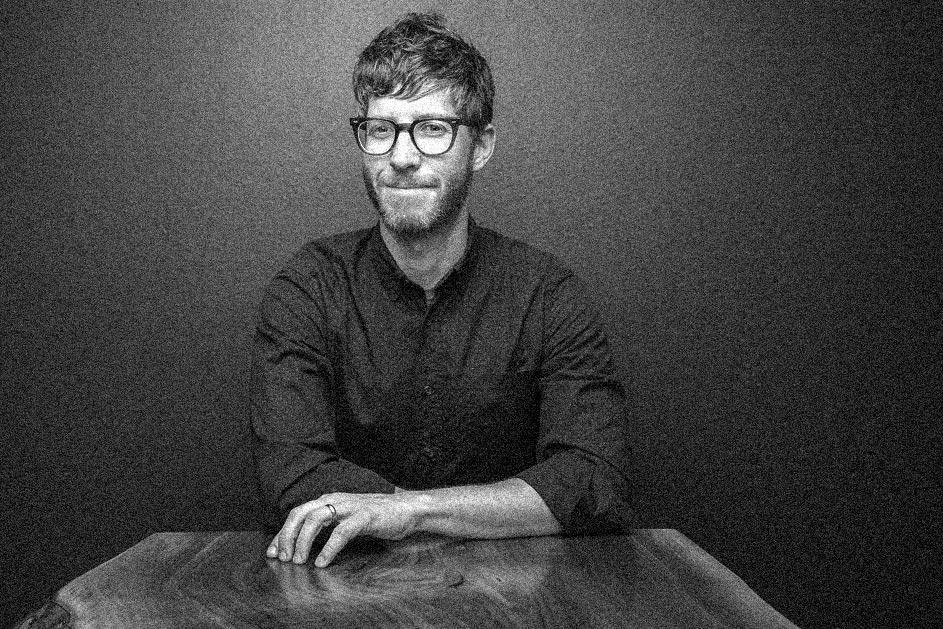
Conversation with Andy Adams
of FlakPhoto Projects
Andy Adams calls himself a culture producer and digital director with a passion for visual media and creative culture. He uses digital media to promote the art and culture of photography.
His interest has always been about ways of engaging with images. And these days this includes hosting vibrant Facebook groups and curating a beautiful collection of visual works on Instagram, under FlakPhoto Projects.
We talk to this Wisconsin native about his journey to today, the Web’s potential to inspire communities and how he sees these projects as a privilege.
Photo credit: Miguel Carbajal
Tell us about you. How did you end up involved in photography?
I grew up in a small town in Wisconsin [in the U.S.]. I’ve always been fascinated with pictures and visual culture, also books and magazines. But it was really television and movies – screen-based visual stuff – that got me started.
Now I’ve got to a certain age, I spend a lot of time thinking about what brought me to where I am. You know how it is. For me, it’s a general fascination with media: how it operates, works and looks. I wanted to get involved in some way but didn’t exactly know how. And indeed my path, like most people’s, has been bumpy and confused rather than straightforward. I studied film in school and used to think I wanted to make movies or commercials. So I had this degree that was part history of broadcasting, part aesthetics of cinema, film as art, and as literature. I later came to realise these studies prepared me for the things I’m now interested in with photography.
For a little bit, I wanted to make my own pictures. So I did that for a short while.
That early interest in screen-based visual culture must affect your way of looking at images and valuing different creative languages.
Absolutely. In my mid to late teens, VHS recording was the big thing and I remember just generally being really obsessed with looking at pictures, making videos and reading stories.
Around the time I started blogging [more than 15 years ago], I noticed that a lot of people seemed to be freaked out by the ‘digital revolution’ – the so-called ‘dematerialisation’ of photography. Everyone was afraid physical photography would go away. But none of that ever occurred to me because I was always a screen-first guy.
Photo credit: Tanner Haltom
I didn’t study photography formally or come out of any sort of art school or print-making programme; I came out of broadcasting and publishing. So once I got my head around social media and what blogging could be, and realised its potential, I saw how it was the perfect thing for me.
It became a very affordable, efficient and effective way of not only expressing myself and promoting the people I believed in but also connecting with other photographers around the world, at a time when that was extremely novel. And I lived in a smallish American city, where there wasn’t an enormous amount of photography happening. When it all came together for me in 2005-7 and I launched the FlakPhoto website it was this really exciting creative opportunity to learn about photography, meet photographers, talk to people I admired and start to learn what it meant to be a curator and develop an audience around the photography experience. My path hasn’t been a traditional photography career. I figured a lot of things out for myself.
How brilliant this passion you have for visual media and creative culture allows you to do different things at once: express yourself, promote the people you believe in and connect to so many other human beings.
For a lot of photography people, there’s a real struggle with the internet – this conflict with the digital communications aspect of their work, and of being an entrepreneurial artist or some sort of public thinker/creative person in the world. For me, experimenting with the Web is as much a part of the FlakPhoto Projects as experimenting with photographs.
Photo credit: Paul Russell
The potential of social networks really started to hit me when I flew to England years ago for the FORMAT photography festival in Derby. People there immediately recognised me and knew who I was – from Facebook. That was the moment I realised this thing happening on social networks was as real as any experience in the offline world. Of course nothing compares to real life. But that community connection is a key part of what motivates, inspires and gives me a lot of energy.
Each new online experience must make you feel just as inspired. Of course social media is a very saturated space. But your role and engagement with people has grown so much.
I’m really intrigued by this big area of audience engagement – of getting people to participate. In general, I’m very curious and still have lots to learn about photography. I ask a lot of questions on the internet because I realised a while ago that when you bring smart people together, you can learn things together.
As you say, the internet clearly has the ability to engage, educate and inspire people. How do you think attitudes about Web culture, digital practice and photography have evolved?
These days I don’t see a lot of resistance to the internet at all. Around a decade ago, I started to get invited to give talks at art schools and festivals. I was this young whippersnapper evangelist telling people about how great the internet and social media were. There was a lot of resistance back then. But 10 years later at the Photolucida Reviews in Portland, I sat in on a talk about Instagram, how to harness it in your work and be on it as a photographer. The room was filled with people older than me scribbling in their notebooks. People have embraced the internet!
I never felt it was an either/or proposition with digital and printed photography. The two things should and would complement each other, ideally. That’s the way they live. We see that play out not just in the photography world but with books, vinyl records etc. People like physical things. Books are more popular than ever. The material craft of photography feels as vibrant to me as it ever was.
Exactly. The beauty of digital and printed is their ability to engage people differently. We need that as humans.
Photo credit: Valerie Chiang
You see these web spaces you host very much as community hubs, don’t you?
At the start, when I just published a website and blog, that was as much about learning to blog as it was about photography, developing my eye and tastes and meeting the people who made those pictures. At a certain point I started to realise the internet was not just a platform for publishing or broadcasting but absolutely a community base – like a living, breathing place.
There is this digital literacy that we all have – for better or worse. But my understanding is clearer than it was a decade ago. There absolutely are pitfalls, constraints to the internet, problems with social media and so on. But there is a place for everything. Digital devices and culture have changed the way we experience the world and interact with our lives.
From the beginning it was about trying to figure out how to tap that learned wisdom and experience to orchestrate a way of communicating with people in different time zones, in different parts of the world; co-creating something together. I used to think of it a lot as co-creation. And I have done collaborative projects with people that have been exclusively web-based.
I started the FlakPhoto website wanting to make a magazine. And after a while it was. But as I learned how the internet worked and as my community development/organising ideas evolved, the whole project became much less about publishing a magazine and more about just being me online and engaging with my peers. Lately I’ve been experimenting with Instagram Stories. Everything there feels very slippery and playful – things aren’t fixed in the digital realm. Much of it is a way of following my curiosity and using the tools for whatever is interesting to me in the moment.
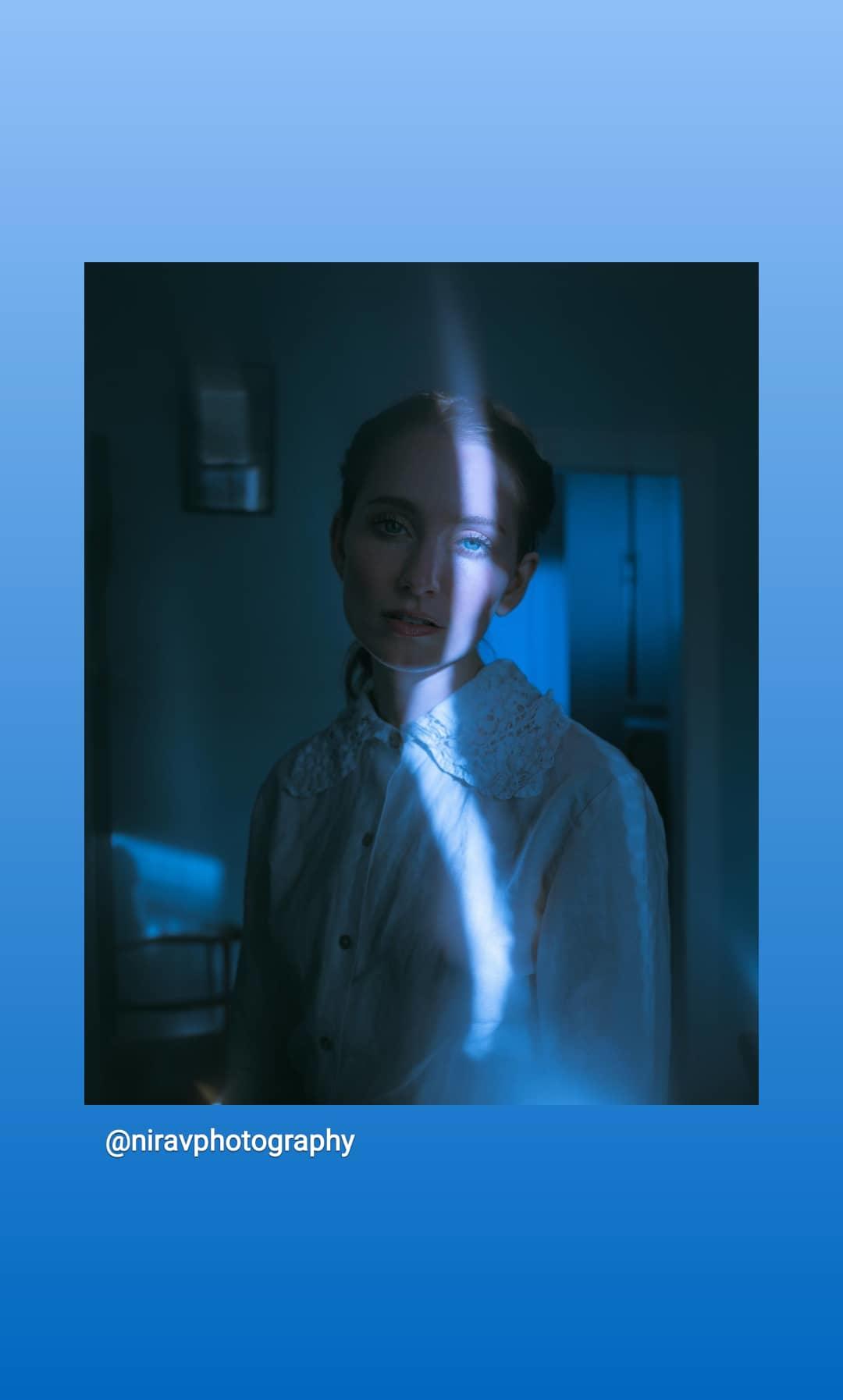
Photo credit: Nirav Patel
So is this how you make your living?
A lot of people think it is but it’s not. I have a day job. This is a creative pursuit, not a money-making venture. This makes it purely pleasurable and creative, rather than a drag.
My career has always focused on digital communications. For years I directed marketing and digital communications for an arts organisation here in Madison, Wisconsin, and now I work for an educational non-profit [Outrider Foundation] that’s trying to influence the way people think about global issues like climate change and nuclear weapons risks.
Are you still excited by the photography you come across?
During the years I published FlakPhoto.com, it earned a reputation as a place for young, emerging photographers. But after publishing the blog for around eight years it did get a bit boring and I felt I was boxing myself in too much. The blog community had sort of given way to Facebook and what was once a vibrant, indie underground scene had become almost corporatised. You had all these established publications doing the same thing. So I thought I’d take a little break. I didn’t quite know what I was going to do next.
Photo credit: Benoît Paillé
What’s been particularly fun about walking away from my old blog and experimenting with Instagram, Twitter and Facebook is that these are way more free-form and experimental. I allowed myself to engage with any and every kind of photography, or books and exhibitions. My fascination with photos is very much a visual culture interest but obviously a huge part of it is married to this narrative of storytelling and learning about the history of photography.
With Instagram, what I really like is that it’s super community orientated. I talk to photographers every day through it. This is something you don’t see. But I’m constantly meeting photographers through Instagram.
The FlakPhoto Projects is fortunately evolving to be pretty expansive. With Instagram Stories, I’m showing all kinds of stuff there. Some of it is definitely what we call the contemporary vernacular – smartphone photography of people’s daily lives. But some of it is vintage, traditional art photography.
I think maybe as I’ve got older, or maybe because I’m generally curious about all things visual, the newer work is not the only work I look at or want to be talking about. Especially in this ecosystem of a newsfeed and the constant churn of the new. Everything is new and then gone; it’s like it doesn’t matter anymore. And I think that’s wrong. So part of what I appreciate is going back, revisiting and thinking more about photography in general.
Photo credit: Ana Cuba
That perpetual cycle of the new is pretty exhausting. But if you’re not viewing photography in this sort of vacuum, and are digging deeper, then it can help to keep things fresh for you.
The thing I appreciate the most about this moment in history is that because of the many social media opportunities to look at and engage with pictures, we can all think about photography a little bit every day. I can look, discover, see and learn about it a little bit every day. That’s wonderful! The culture of abundance we live in is problematic in a lot of ways but it’s also an enormous opportunity if you’re into pictures.
The FlakPhoto Network has a lot of members these days (16,000). With this many people communicating it must be a fascinating forum for debates about photography and visual media culture.
It’s wonderful. Nothing beats the real world – an old-time salon – but it is a way to still bring people together, to think about different topics, to learn from each other. I do that a lot by asking very simple, open questions to see how people respond. By design it’s a very democratic place. Anyone can participate and the community I’ve tried to foster there is one of inclusiveness.
Photo credit: Cristina De Middel
It’s the hive mind [of collective conscious or intelligence] idea, right? There always was the promise of Facebook and while it’s hugely problematic for me, the FlakPhoto Network space is still a diamond in the rough of that mess.
At their best, these online spaces can act as a unifying force in society really.
And then there’s your Facebook group for ‘photobook geeks’ (FlakPhoto Books), with nearly as many members as the FlakPhoto Network. You have access to so many people, so many conversations and so much photography. It’s amazing this is not your day job.
Connecting with photography people is the greatest reward. If you look at the FlakPhoto website and see it and like it, what you are viewing is the tip of this iceberg. The big part underneath it is all these relationships and how meaningful that is. I’m a very social person, very civic-minded. And the true pleasure of doing this thing is not only immersing myself in photo culture but meeting creative people and being able to support the people I admire. It is the core bit that drives me.
That attitude makes all the time and energy you invest not just pleasurable but truly meaningful and worthwhile. It feels like you’re on these platforms for all the right reasons.
Photo credit: David Williams
Photo credit (header image): Kevin Miyazaki
Keep an eye out here, for the start of something new from Andy.
